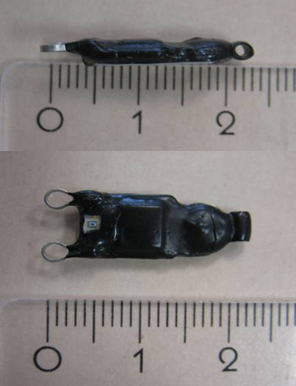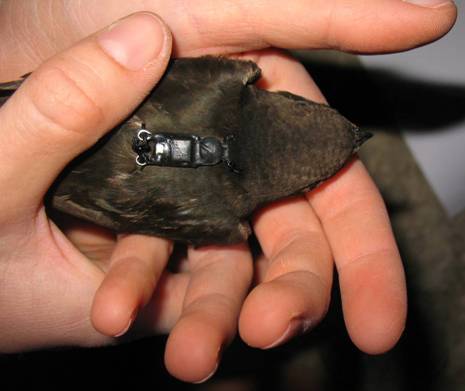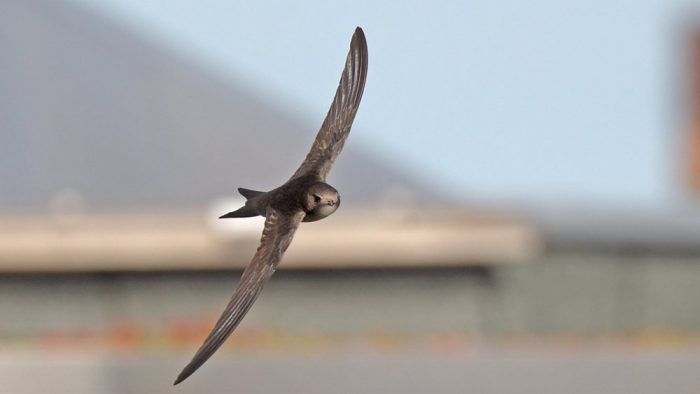Model organism – Common Swift Apus apus
The Common Swift is a socially monogamous and sexually monomorphic bird species spending virtually its entire life on-wing. Only during the breeding season (May to July), this life in non-stop flight is regularly suspended for approximately three months. Swifts live exclusively on aerial food like flying insects and ballooning spiders. However, its availability varies due to rainfall, wind and temperature. Thus, both maintenance of own homoeostatic mechanisms and feeding of the young are strongly affected by weather conditions during the breeding season. Hence, swifts should adapt their life-history strategy to these to factors: i) time-limited breeding season and ii) food availability depending on weather conditions.
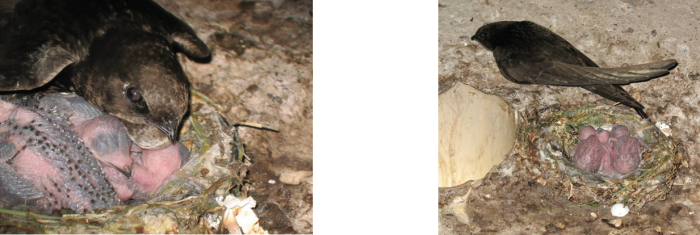
Study purpose
To describe the life-history strategy of a species, you have to investigate the variability of characteristics accounting directly for the probability of both survival and successful reproduction. Such characteristics are, for instance, body size and weight after hatching, growth length and growth rate as nestling, age and weight at the first reproduction, number and body size of offspring, reproduction frequency and length of life span. – One main focus of the PhD project is directed to sex-specific differences in i) reproductive success, ii) parental investment in offspring and iii) growth and development as nestling. To determine sex-specific differences during the course of the swifts’ life, there is a need to sex each bird genetically by means of a tissue sample (blood or a buccal swab) in the lab (because sexes could not be distinguished by body characteristics like plumage colour, body size or weight in the field). Besides, taking tissue samples enables determination of the proportion of extra-pair young and of the sex ratio among adult and juvenile birds.
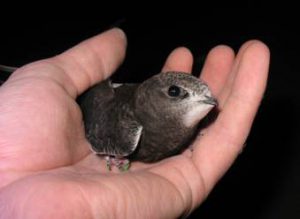
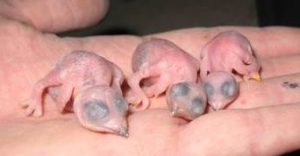
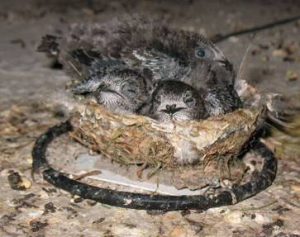
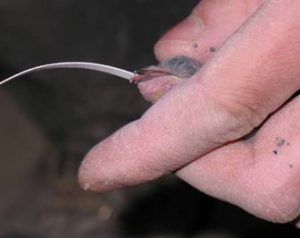
Study site
We investigate a swift colony located in a federal highway bridge near the city of Olpe (spanning the Bigge Reservoir, North Rhine-Westphalia). Swifts breed within 16 large hollow chambers running beneath the carriageway (chamber size: l x w x h = 45 m x 4.5 m x 2.5 m). They enter the chambers by ventilation holes in the chambers’ floor. In the immediate vicinity to these ventilation holes, the swifts build their nests with materials collected from the air during flight.


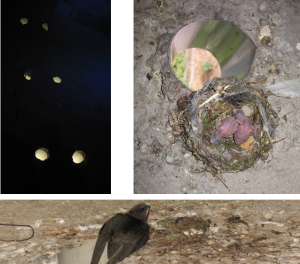
Methods I
Antenna system and infrared cameras
To determine individual parental investment of an adult swift, each bird is tagged with a passive injectable transponder (EURO.I.D., Weilerswist, Germany). Time and duration of nest attendance of each individual is registered by means of ring-shaped antenna at nests and nest entrance holes (see study site). Thereby, you can obtain information, for instance, on length and duration of breeding phases and feeding frequency. For the latter, we observe additionally nests with infrared cameras. These data can be correlated to weather parameters or onset of laying (comparison of early and late breeders). Furthermore, we can determine by transpondering nestlings if and when a swift returns to its hatching place in following years, and when a swift starts with an own brood for the first time.
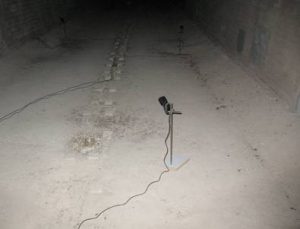

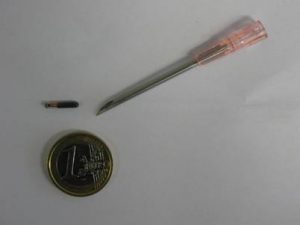
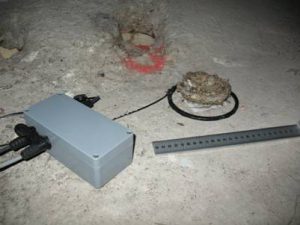
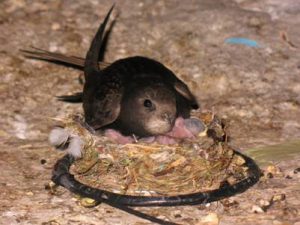
Methods II
Determination of migratory routes using geolocators
